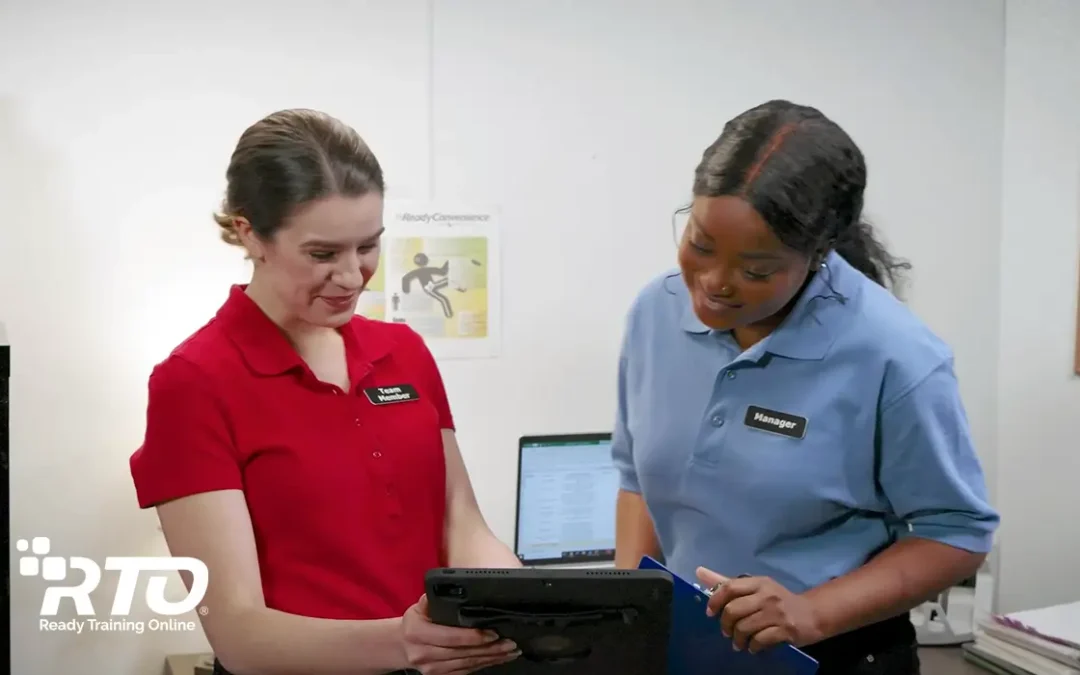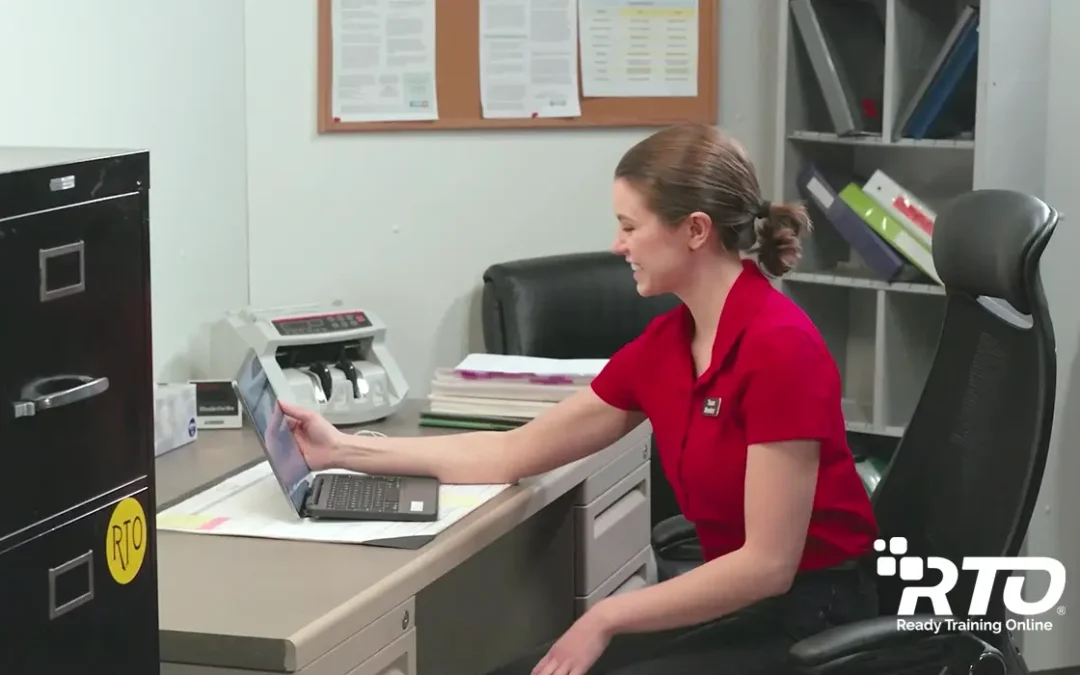George Bernard Shaw once said, “The single biggest problem in communication is the illusion that it has taken place.” Although nearly a century has passed since these words were first spoken, they still hold true today. Barriers to effective communication in the workplace can lead to reduced productivity, low staff morale, and sub-par customer service. As a leader in your business, you must convey many messages every day to many different people. How well are those messages being received?
5 Biggest Barriers to Effective Communication
Lack of Clarity
Clarity of communication is essential in the workplace. To help deliver a clear message, get to your point quickly, give the listener context, and check for understanding. Don’t be condescending, but make sure your listener understood your message.
Inconsistency
Be aware of how you communicate with your individual team members in the course of a day, week, or month. You have several shifts, with part-time and full-time employees coming and going throughout the week. Your late-shift employees need the same level of communication as your daytime employees.
Language Differences
Managers need to do their part to close the communication gap with their employees who have limited English proficiency. For example, managers can learn some key phrases in Spanish, or invest in training to help their ESL employees communicate more effectively in English.
Not Enough Listening
Communication is a two-way street. Listen as much, if not more, than you speak. Encourage feedback, and practice active listening. Don’t interrupt when others are talking, repeat key points, and ask for clarification when needed.
Non Verbal Cues
What you don’t say is just as important as your spoken words. Make sure your body language is communicating a message of attentiveness, friendliness, and acceptance. Maintain eye contact when you’re speaking and listening and avoid gestures such as furrowing your brow or crossing your arms.
Discover the Keys to Effective Communication
Our recently released Keys to Effective Communication Series features three new modules on communication – Overcoming Language Barriers, Giving and Receiving Feedback and The Art of Active Listening – delivered through our trainingGrid® learning management system. This flexible system comes with a variety of robust features customizable to fit your needs in addition to built-in reporting and certification tools to help maintain compliance.





